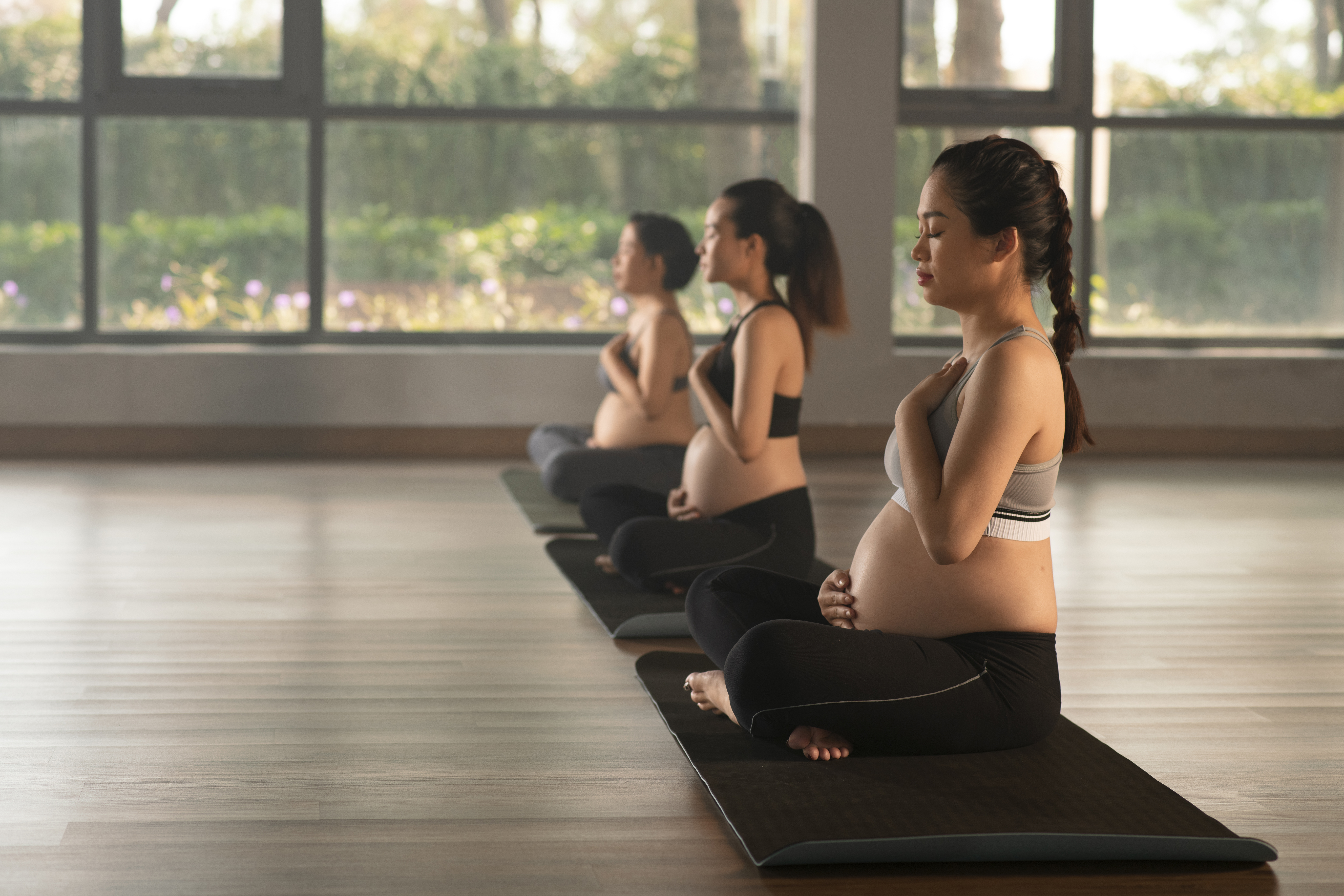PRENATAL YOGA
Prenatal yoga offers gentle movement, breathwork, and relaxation techniques to support expecting mothers through physical and emotional changes. Drawing from experiences in Nepal and Bali, this piece highlights simple, trimester-appropriate poses that nur

Pregnancy is a time of big changes — both in the body and the mind. Prenatal yoga offers a simple but powerful way to support women during this special time. As a yoga teacher who has dabbled in prenatal yoga in Nepal and Bali, I have seen how even basic breathing and stretching practices can make a meaningful difference. Prenatal yoga isn’t about complicated poses or perfect form. It’s about creating space — space for the body to move gently, space for the mind to relax, and space for the mother to connect with her growing baby. Practicing prenatal yoga can help ease common discomforts like back pain, swelling, and tiredness. It can also improve flexibility, especially in the hips, which may help during delivery. Most importantly, it encourages a deeper connection between mother and child, turning each breath and movement into a quiet bond. It is important to note that each trimester brings different changes to the body, and yoga practices should be adjusted accordingly. In the first trimester, the focus is usually on PRENATAL gentle breathwork and maintaining strength without overexertion. In the second trimester, balance and hip opening poses become more beneficial, while in the third trimester, the priority shifts to relaxation, pelvic flexibility, and preparing mentally for birth. While I am not a prenatal specialist, my teaching experience allowed me to guide a few simple and safe practices that mothers-tobe found supportive. Here are some basic and helpful poses that can be practiced throughout pregnancy, with modifications as needed: Cat-Cow Pose Gently moving the spine by arching and rounding the back helps relieve back tension, keeps the spine mobile, and connects breath with movement. It’s an easy way to release tightness and stay connected to the breath. Wide-Legged Child’s Pose With knees spread wide and the forehead resting on a cushion or mat, this pose offers deep relaxation for the hips, pelvis, and lower back. It promotes a sense of surrender and grounding. Malasana A deep but natural squat that opens the hips and strengthens the lower body. Using a block or cushion under the hips can make this more comfortable. Malasana can help with pelvic flexibility and prepare the body for labor. Supported Butterfly Pose Reclining back on a bolster or cushions with the soles of the feet together and knees dropped open. This posture gently opens the hips, encourages relaxation, and supports better circulation. Side-Lying Savasana Instead of lying flat on the back, resting on the left side with a cushion between the knees provides comfort and promotes better blood flow. This is an excellent final resting pose during prenatal yoga classes, especially in the later months. In Nepal, the month of April holds special significance as it celebrates Nepali Mother’s Day. It feels like the perfect time to honor the journey of motherhood and recognize how practices like prenatal yoga can offer small but meaningful support. Whether in a busy city or a quiet village, the benefits of slowing down, breathing deeply, and connecting inward are universal. Prenatal yoga is not about mastering a sequence; it is about nurturing. A few minutes of mindful movement and breath each day can create a strong foundation of strength, trust, and love — both for the mother and the life growing within her.


